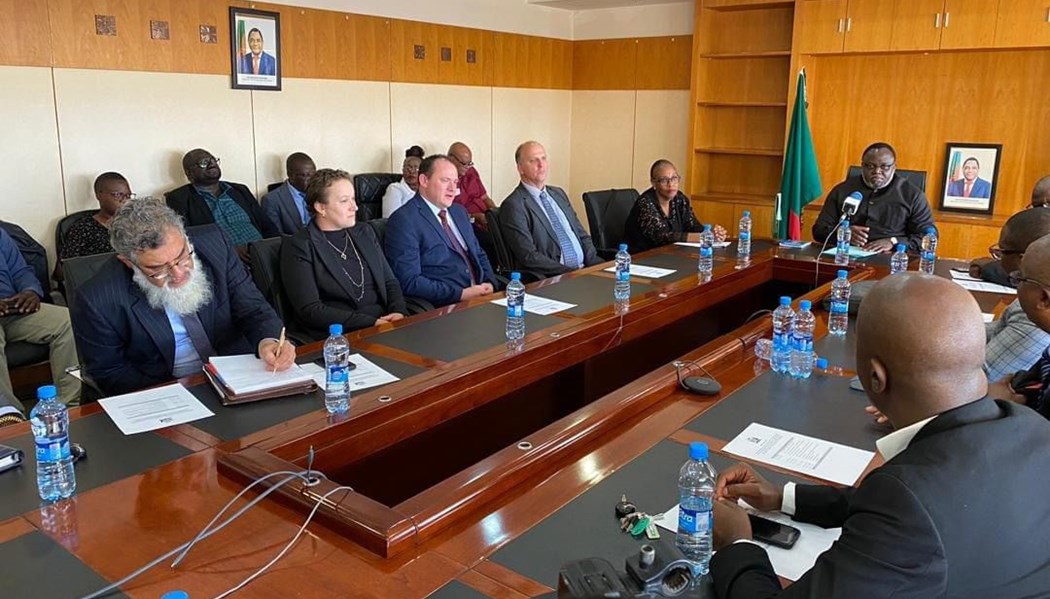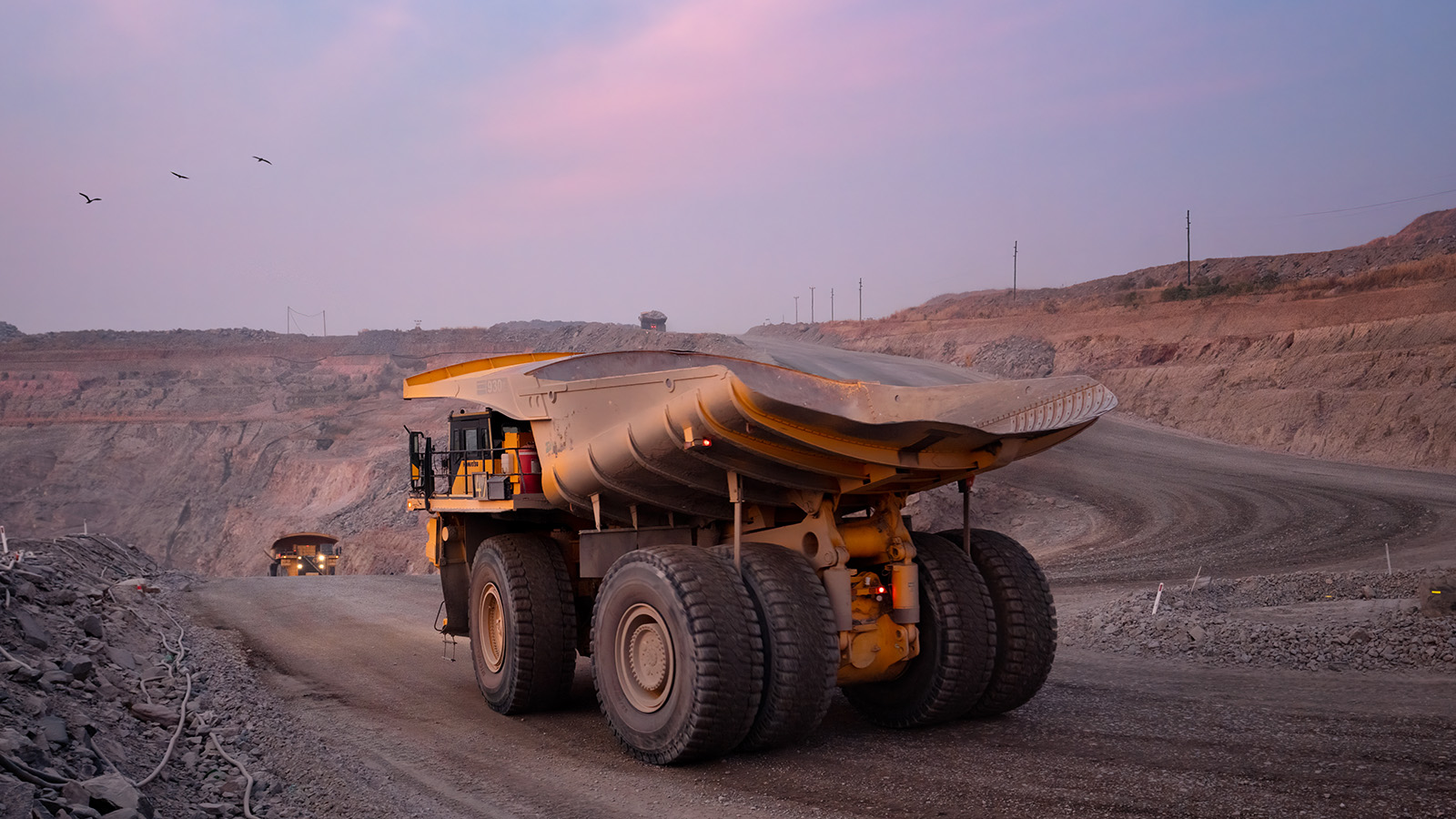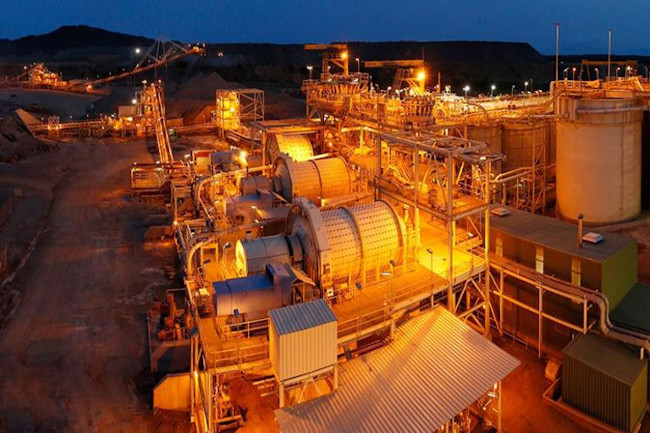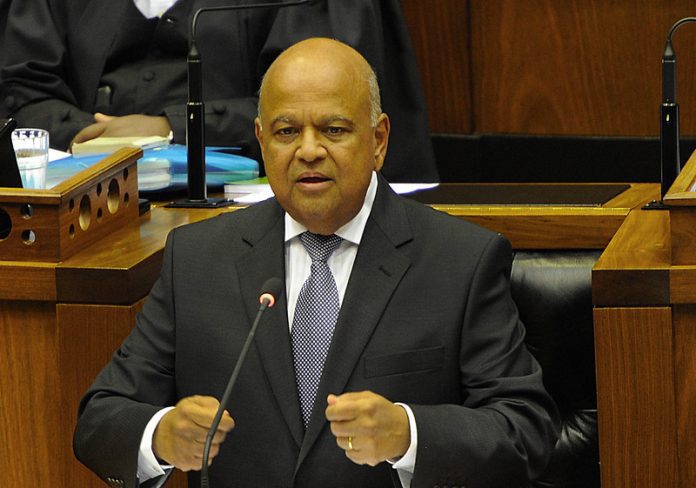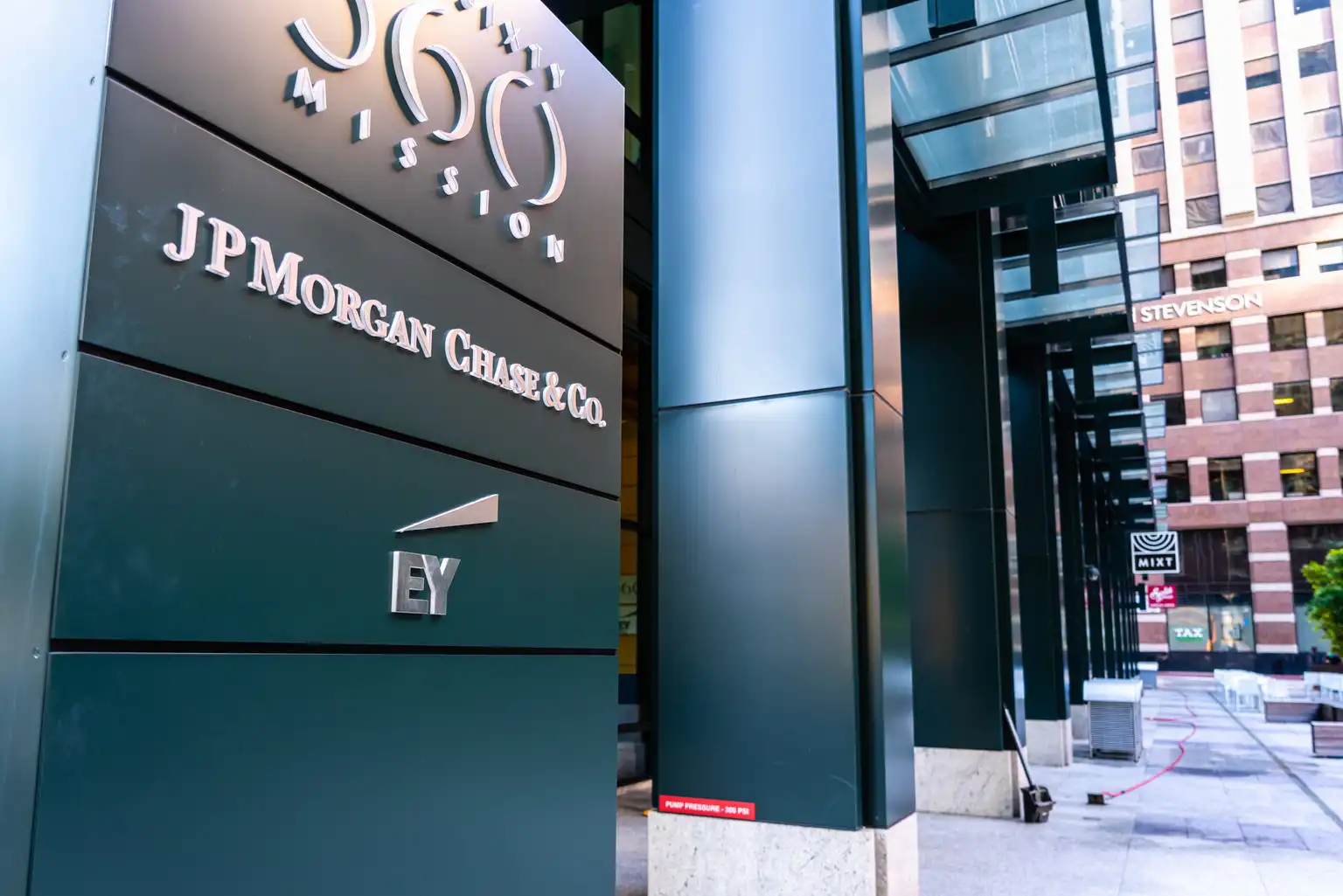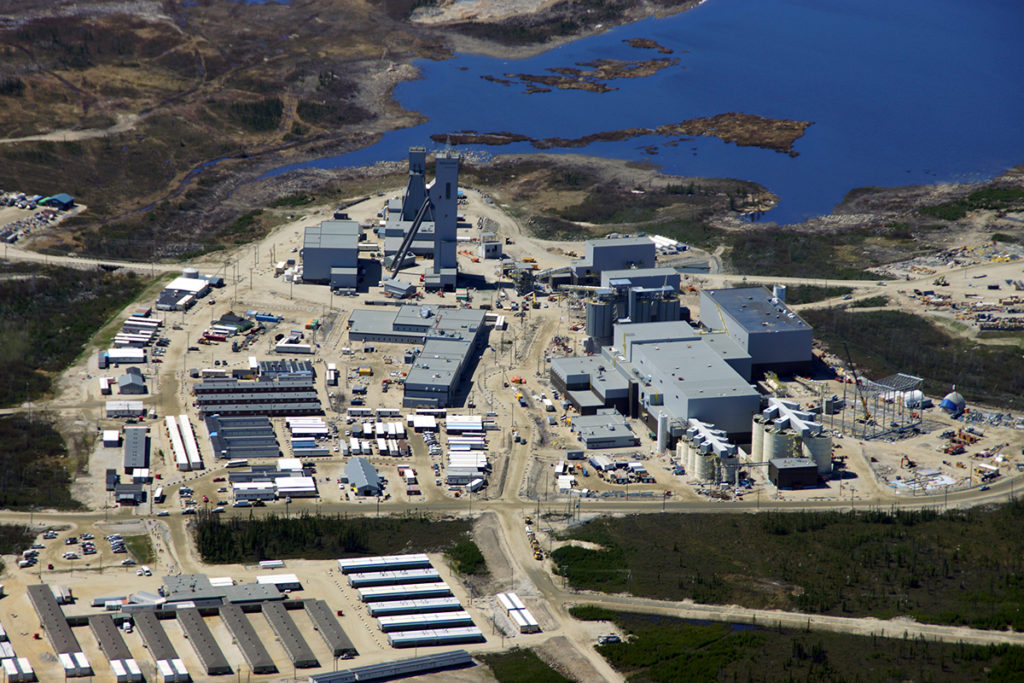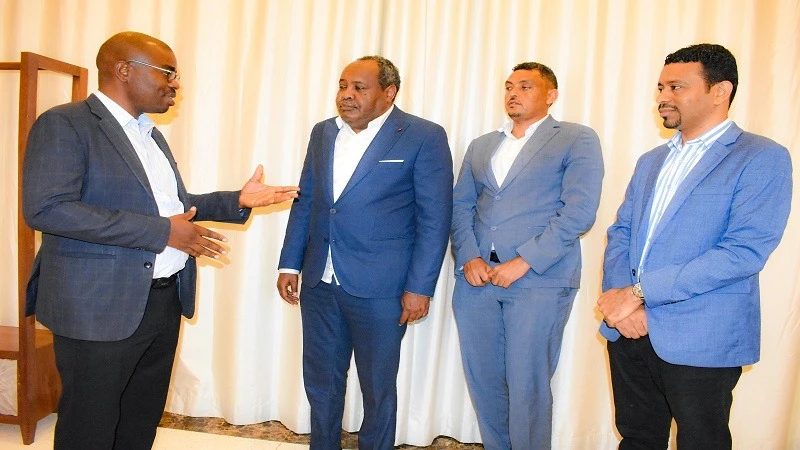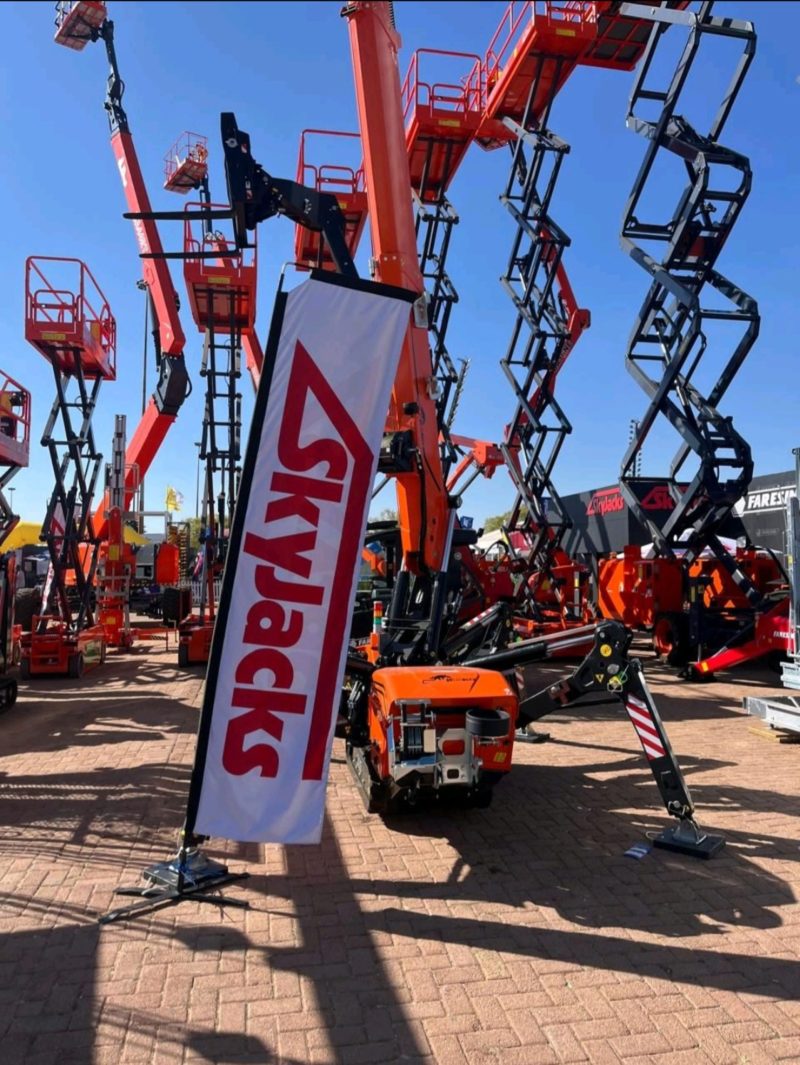Mining Other

Kumba on track to meet full-year waste mining, production guidance

For the third quarter of this year, total waste mining increased by 12% year-on-year to 44.2-million tonnes, underpinned by an 8% increase at the Sishen mine to 36.7-million tonnes and a 39% increase at Kolomela to 7.4-million tonnes.
The company says this performance was driven by a combination of the business reconfiguration impact in 2024 and improved equipment efficiency and operating times in the third quarter of this year.
Total production decreased by 2% to 9.2-million tonnes, driven by a 6% decrease in Sishen’s production to 6.3-million tonnes. Kumba says this was partly mitigated by an 8% increase in Kolomela’s production to 2.9-million tonnes, reflecting its flexible production approach.
The company explains that the decrease in production at Sishen relates to plant maintenance interventions brought forward in preparation for the main tie-in of its ultrahigh dense media separation (UHDMS) technology in 2026.
Relative to the second quarter of this year, total production was consistent, demonstrating an ongoing focus on operational stability and capability.
Kumba says Sishen’s unit cost is expected to end the year within guidance of between R510/t and R540/t. At the Kolomela mine, in the Northern Cape, the increase in production, could potentially result in the unit cost improving to below the full-year guidance of between R430/t and R460/t.
The company says its C1 unit cost target has been maintained at $39/t – based on a foreign exchange rate of R18.60/$.
Logistics, sales, market environment
Kumba notes that ore railed to port increased by 12% to 10.2-million tonnes, demonstrating improved rail stability facilitated by the collaborative partnership between the Ore User’s Forum and Transnet on the ore corridor restoration programme.
Total finished stock levels were broadly flat at 7.3-million tonnes.
Owing to the improvement in rail performance, on-mine stock reduced to 5.5-million tonnes and stock at the Saldanha Bay port increased to 1.8-million tonnes.
As a result of improved rail stability and port stock levels, sales increased by 7% to 9.6-million tonnes.
Given this and the successful completion of the annual logistics maintenance, sales volumes are expected to end the year closer to the upper end of the guidance of 35-million to 37-million tonnes, subject to logistics performance for the remainder of the year.
Iron-ore prices were supported by improved profitability in China, owing to lower raw material input costs. Blast furnace profitability rates at 247 mills were on average around 35% in the comparative 2024 period, and this year profitability rates increased to 60%.
The improved demand for steel was largely driven by infrastructure and exports from China, particularly in the automotive and manufacturing sectors, while the property market remained subdued.
Kumba says steel production in markets outside of China came under pressure from robust Chinese exports.
However, iron-ore supply has remained relatively flat, with growth in Brazil offset by a 40% reduction in supply from India, providing further price support.
On average for the year-to-date, Kumba’s lump:fine ratio was 67:33 and iron content at 64.%.
An average year-to-date realised free-on-board export iron-ore price was $94 per wet metric tonne, 12% above the average year-to-date benchmark price of $84 per wet metric tonne.
“Kumba continued to deliver a solid performance in the third quarter of the year, thanks to the commitment from our teams on safety and operational excellence.
“Improved logistics stability has also contributed to production and sales performance. This positions us well to deliver on our market guidance for the full-year 2025,” says Kumba CE Mpumi Zikalala.




